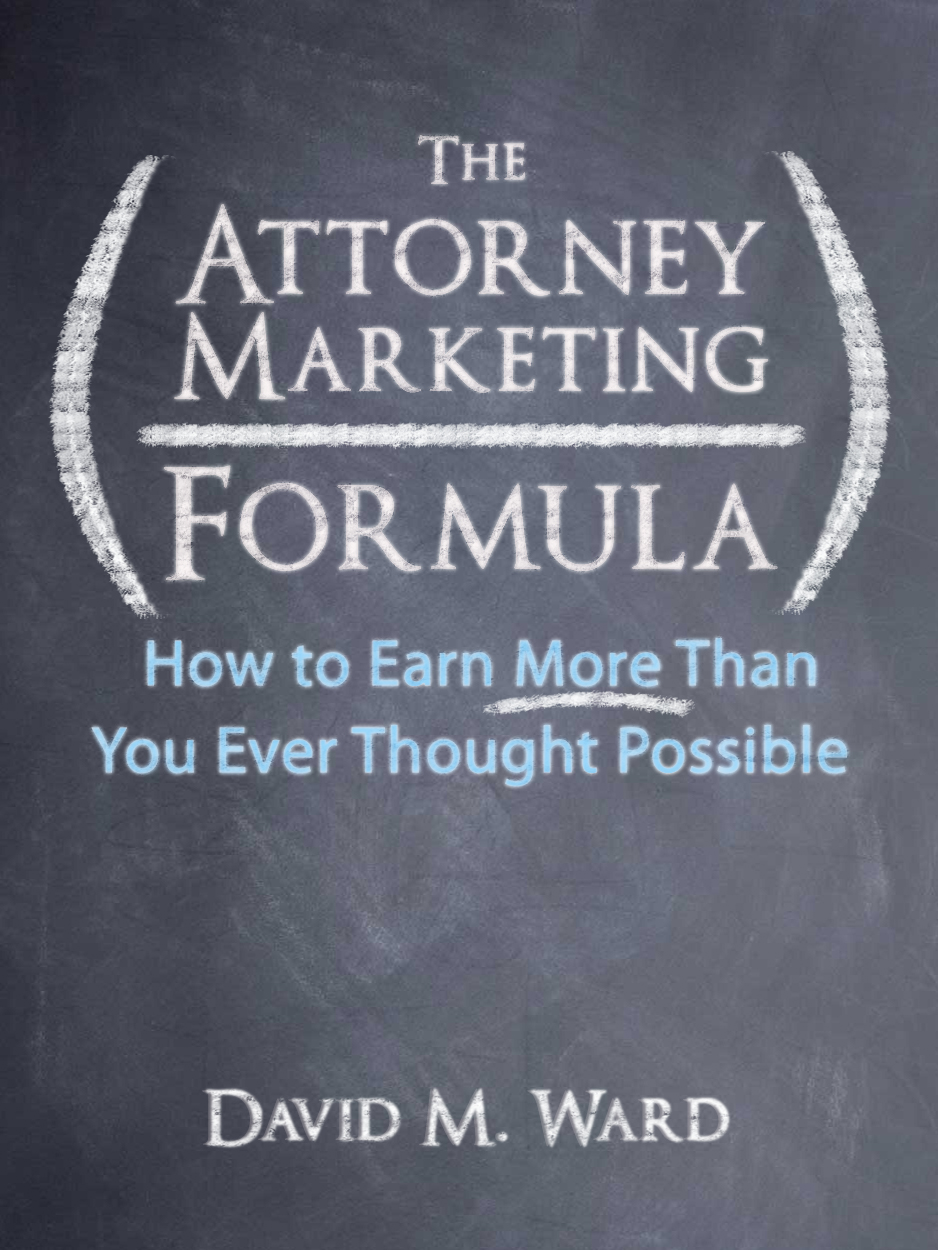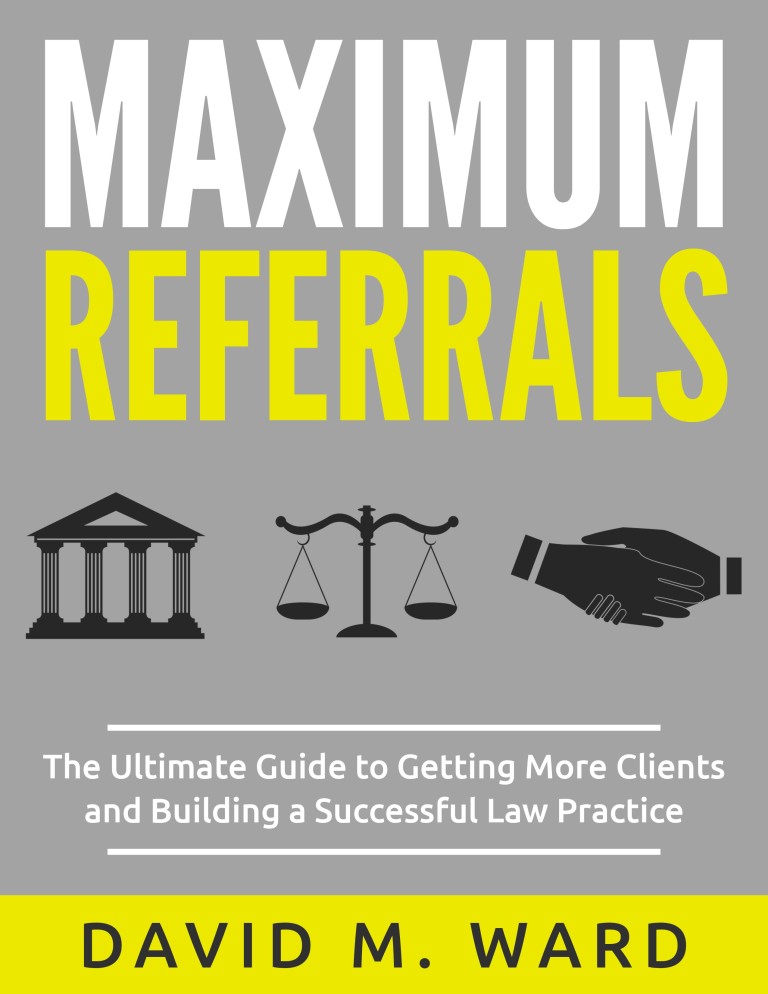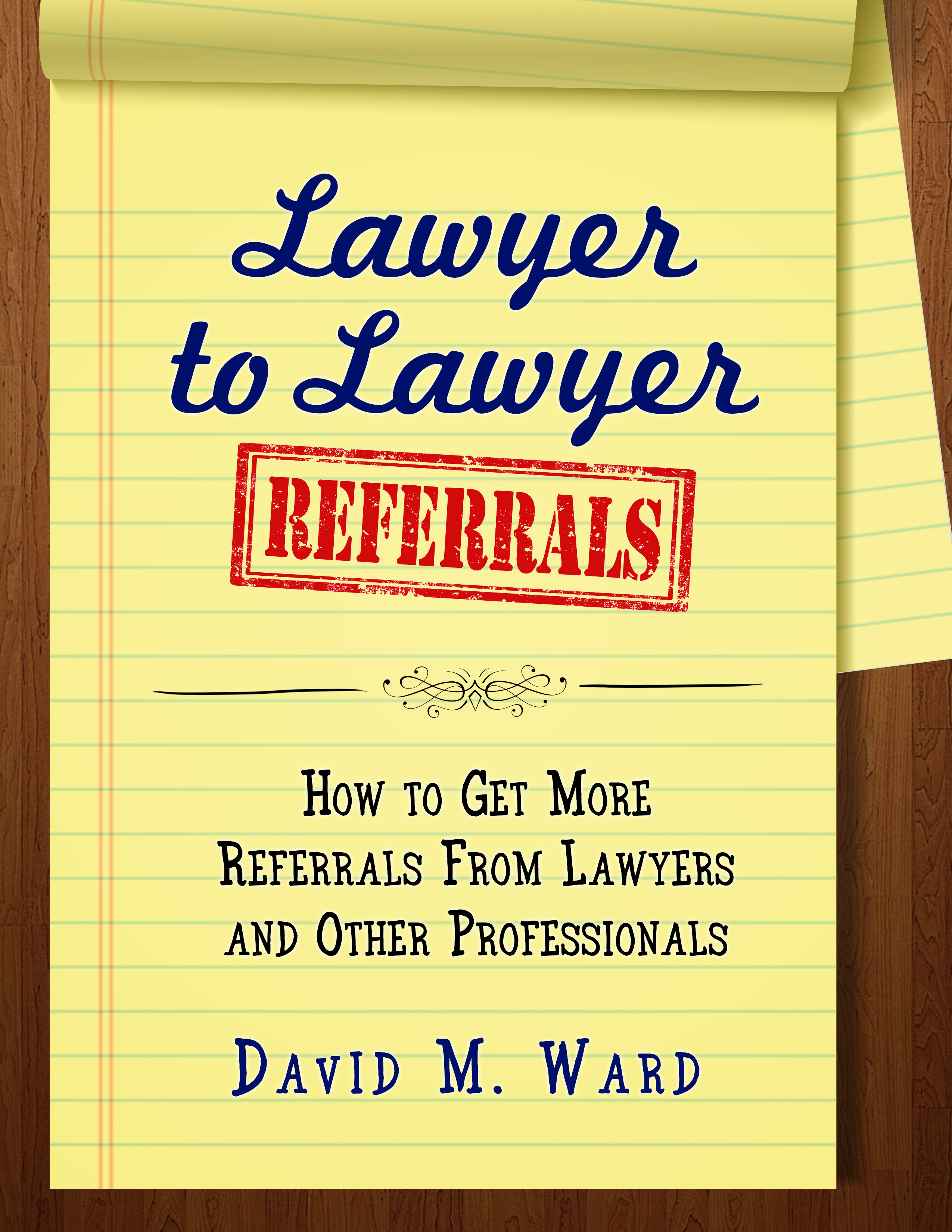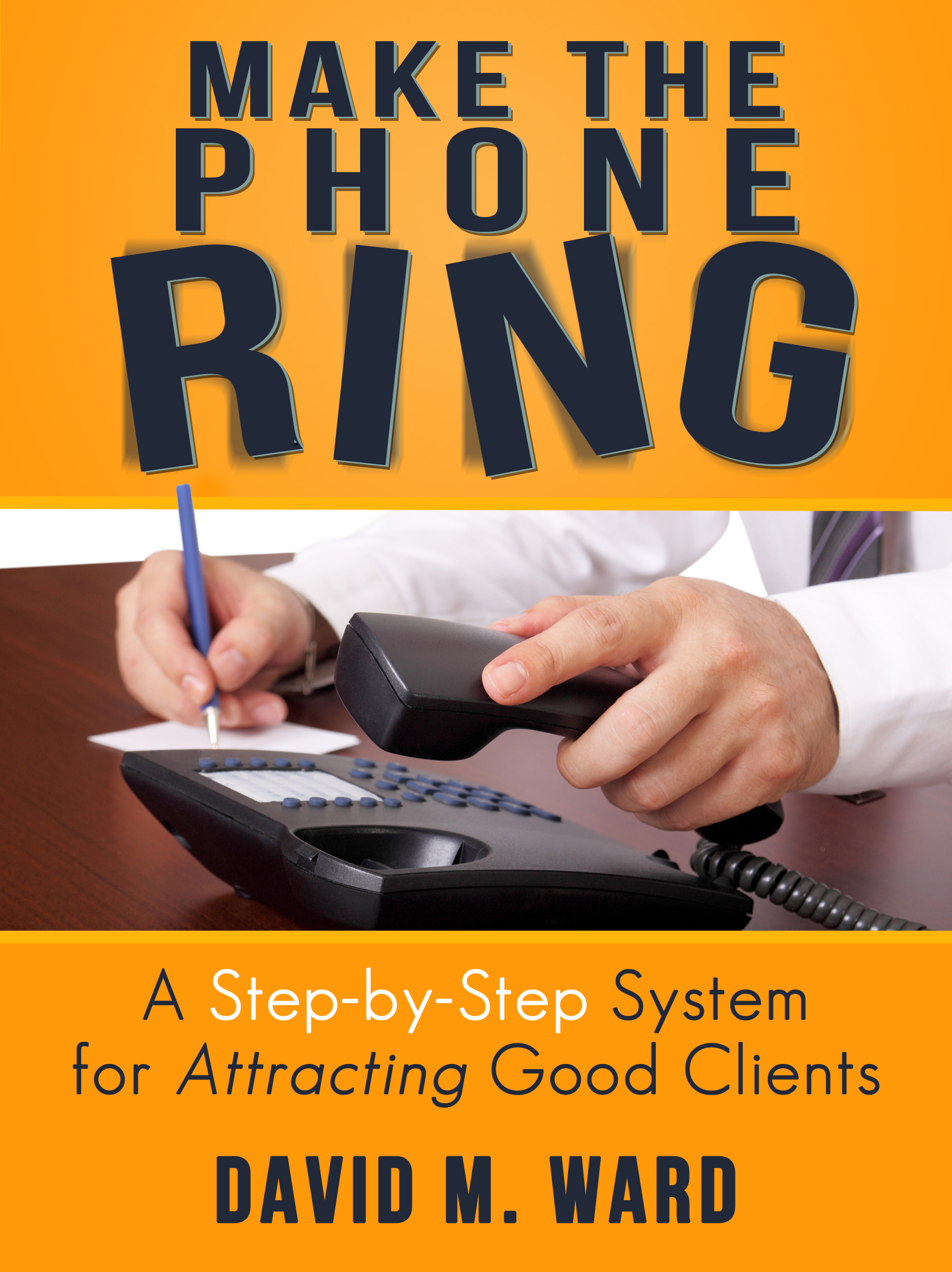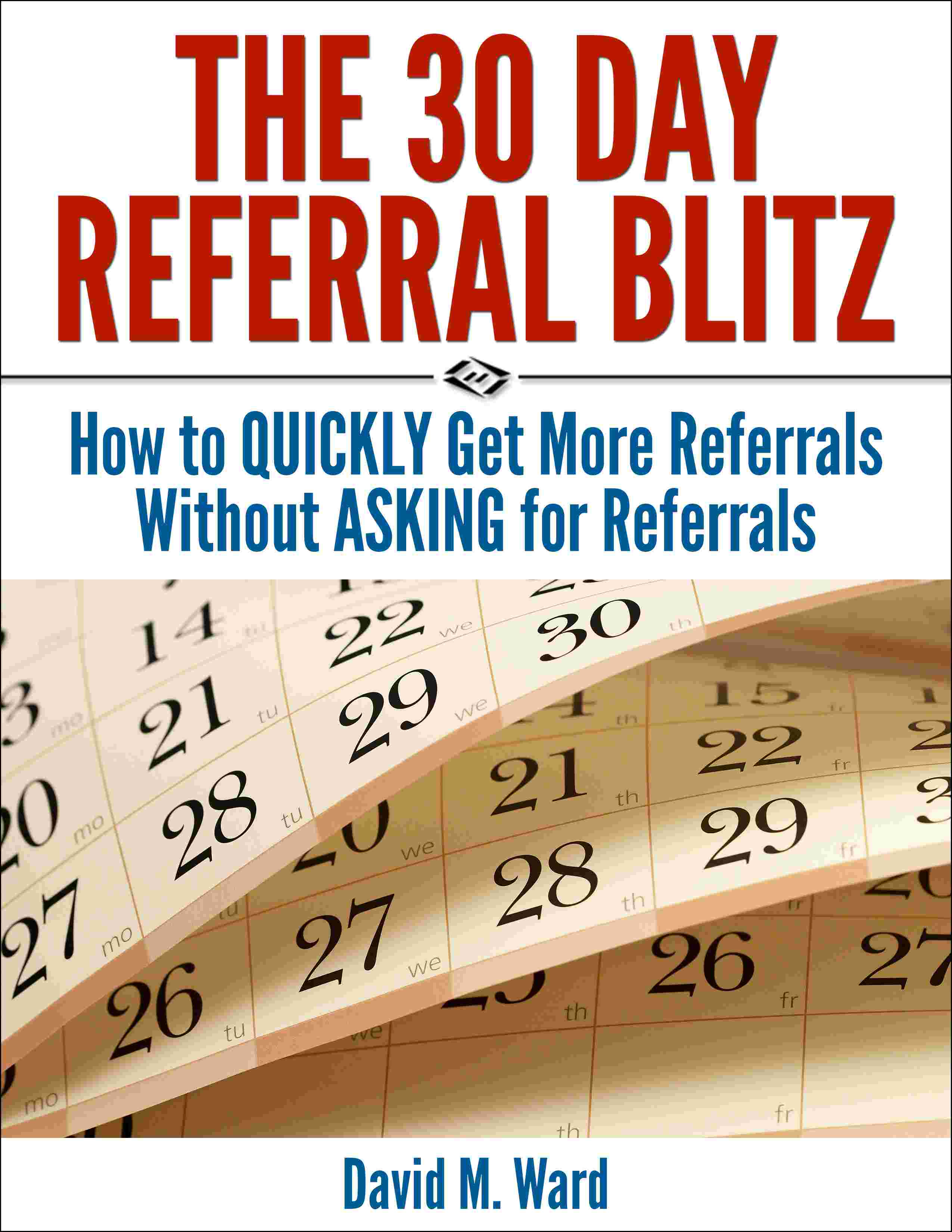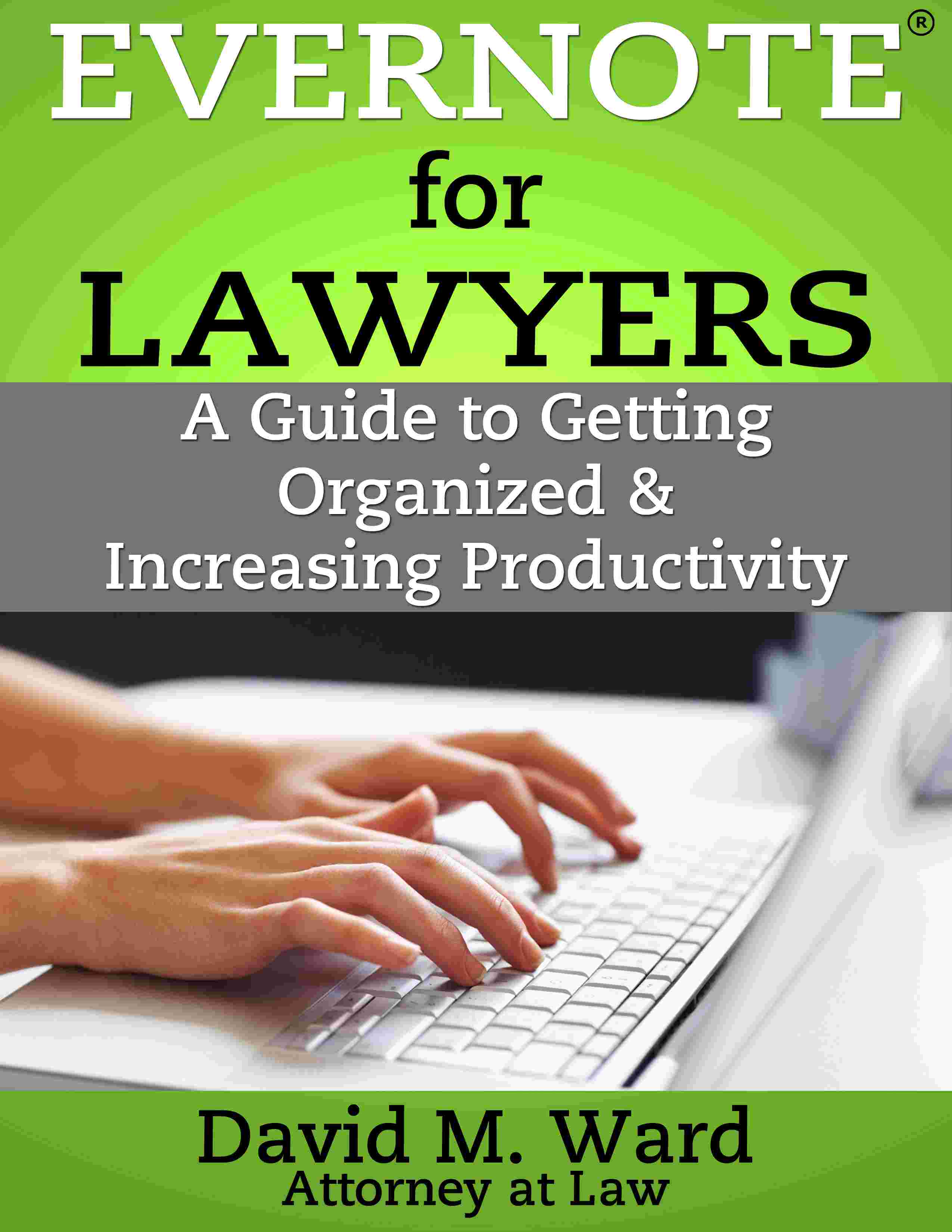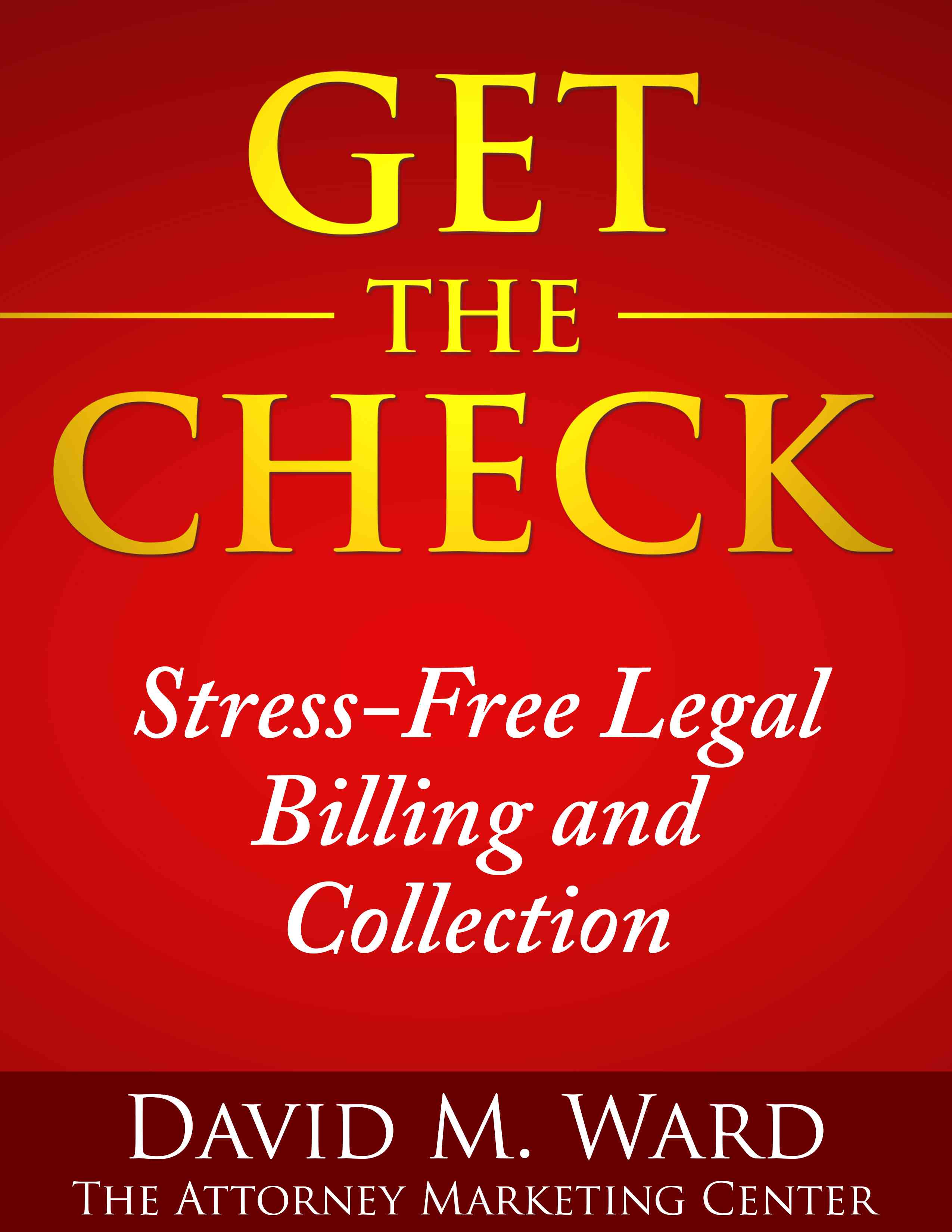When you’re making plans for the coming year, the first you should do is review the previous year.
Take 30 minutes and think about what happened last year and what you can do to make this year better.
Tim Ferriss does an annual review by going through his calendar, week by week, and noting everything that was positive and everything that was negative. He uses this information to create a list of what to do more of in the new year, and a list of what NOT to do.
Another method is to go through your calendar, your project and tasks lists, your journal, and anything else you use to manage or document your life, and ask yourself 3 questions:
- What worked? What did you do that resulted in progress towards your goals? Which strategies were effective? What did you do well? What are you happy about?
- What didn’t work (and why)? What didn’t go well for you? What strategies didn’t bring good results? What disappointed you? And why?
- What can you do differently? What did you learn about your situation or yourself that can help you this year? Where can you improve? What do you need to stop doing? What new or better skills can help you?
If you need more prompts, here are some additional questions to ask yourself:
- What did I discover about myself–my strengths, my challenges, my beliefs, my methods?
- What did I discover that will help me this year: websites, podcasts, ideas, books, channels, people, methods?
- What new habits helped me improve? What new habits can benefit me this year? What habits do I want to eliminate?
- What did I appreciate about last year? (Experiences, opportunities, relationships, etc.) What made me happy? What was I proud of?
- What kept me up at night? What have I/will I change this year?
- What goals did I fail to achieve? What will I do differently this year?
- What will I focus on this year? What are my “activity” goals? What are my “results” goals?
- What else can I do to make this year better than last year?
To make this a better year, let go of the things you can’t change, your regrets, negative thoughts, and find a few positive things to focus on this year.
You might ask yourself the “focusing question” posed by the authors of The One Thing–“What is the ONE thing I can do such that by doing it, everything else will be easier or unnecessary?â€
If that “one thing” is “improve my marketing,” let me know what I can do to help.
The Attorney Marketing Formula is a good place to start

